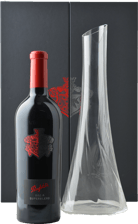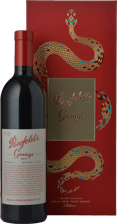Showing 87 products
Page 1 of 4
Showing 87 products
Page 1 of 4
100
KG
99
DE
99
HWC
$874.90
95
AC
95
HWC
91
CM
$37.90
97
AC
95
CM
$1,499.00
97
AC
95
CM
$1,499.00
94
HWC
93
DE
93
CM
$55.90
96
DE
96
HWC
96
KG
$95.90
94
KG
93
RP
93
HWC
$47.90
96
DE
96
HWC
96
KG
$275.00
96
DE
96
HWC
96
KG
$275.00
98
DB
97
CM
97
AC
$169.90
98
DB
97
CM
97
AC
$169.90
97
AC
95
HWC
$72.90
94
CM
94
DE
93
AC
$128.99
98
AC
95
CM
$110.00
96
AC
96
DB
95
JP
$275.00
99
TS
99
KG
99
HH
$999.00
98
DB
97
CM
95
AH
$949.00
97
HH
91
CM
$98.99
98
KG
97
JP
$189.95
98
KG
97
JP
$189.95
98
AC
98
KG
97
NG
$339.00
100
KG
99
TS
99
HWC
$2,299.00
100
KG
99
TS
99
HWC
$2,299.00
100
AC
100
JS
98
TS
$4,899.00
97
HH
96
TS
95
DB
$249.90
97
HH
96
TS
95
DB
$249.90
96
TS
95
AC
95
DB
$975.00























